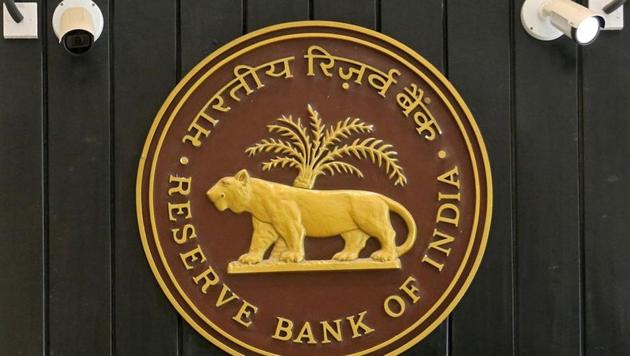Central bank faces tough task of regulating lending apps
Experts maintained that regulation and supervision has largely failed to catch up because of complex technological challenges and the absence of the correct framework.
Easy access to technology and quick-fire ways to work around regulations pose a serious challenge to curbing unauthorised lending activity by mobile-based apps, said experts. In the past few years there has been a significant surge in instant lending apps, the origins of many of which can be traced to China.

Experts maintained that regulation and supervision has largely failed to catch up because of complex technological challenges and the absence of the correct framework. As a result, several authorised apps continue to operate with impunity, drawing unsuspecting customers into loan traps that entail prohibitive interest rates and resorting to coercive tactics when customers fail to pay up. “You can pick up apps like these on code sharing sites. Some of these guys are also white-labelling these apps and selling them to other buyers,” said tech policy analyst Prasanto K Roy. White label apps can be shared across the industry, because the basic requirements remain the same for all players. “The basic premises are fairly simple. You get the person’s details and take a bunch of permissions (to access data), some of which are scary permissions, such as the ability to change contacts,” he said.
Chinese companies are protected from action, said Yogi Sadana, chief executive officer of homegrown instant loan app Cashe and co-founder of the Fintech Association for Consumer Empowerment (FACE). This is because there are two kinds of players in this space, Sadana said. The first includes legitimate players who are recognised by the RBI. However, it is the second category that is causing trouble for the entire industry. These are apps that don’t have a non-banking financial company (NBFC) in their group, making it almost impossible for the central bank to monitor and regulate them. They ‘rent’ an NBFC in India and if action is taken, this NBFC will face the heat.
“Anybody who lends must have a bank or NBFC licence. No other entity can be in the lending business. The apps have to indicate to the customer who the actual lender is. If they do not reveal this, the customers think it’s the app that is lending,” said R Gandhi, a former deputy governor of RBI. “Actually, these apps don’t use their funds, but tie up with banks or NBFCs. Like in the case of peer-to-peer lending platforms, RBI could put in regulations that will discipline these apps, and ensure that they play the role of responsible intermediaries, or RBI may put the onus on the banks and NBFCs that partner with these apps,” he said.
Experts, including Sadana and Roy pointed out that it is unlikely that regulators will be able to solve the problem alone. They will need to make platform companies, such as Google and Apple, responsible for policing these apps, too, so that they cannot get on to the phones of users in the first place.
Stay informed on Business News, TCS Q4 Results Live along with Gold Rates Today, India News and other related updates on Hindustan Times Website and APPs



